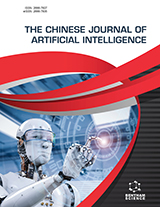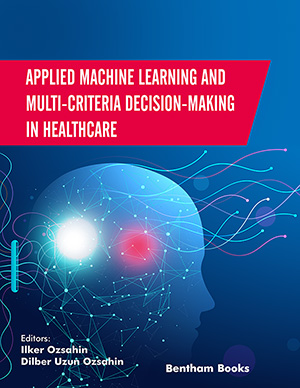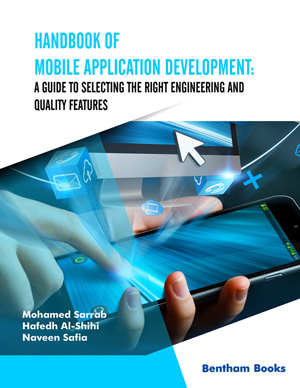Abstract
The major aim of AI is to enable robots to understand and interpret human
discourse. Deep learning algorithms have considerably enhanced natural language
processing, enabling it to do cutting-edge tasks like sentiment analysis, machine
translation, and question answering. This paper offers a summary of current deep
learning-based NLP research. The essential ideas of DL and its applications in
language processing are initially introduced in this paper. It then reviews recent
research in NLP, focusing on five major areas, including the modelling of languages,
translation of languages, sentiment analysis, chatbots for queries, and generating text.
For each area, the main techniques and models used, advantages, limitations, recent
advancements, and future research directions are discussed. This paper concludes by
discussing the challenges and providing a solution where in an image, the text is
extracted in various ways and made in an appropriate format by using a deep learning
approach. To further improve the translation quality, utilize an ensemble method that
combines the outputs from multiple translation models trained using different
architectures and parameters and highlights the potential impact of these advances in
real-world applications.






















